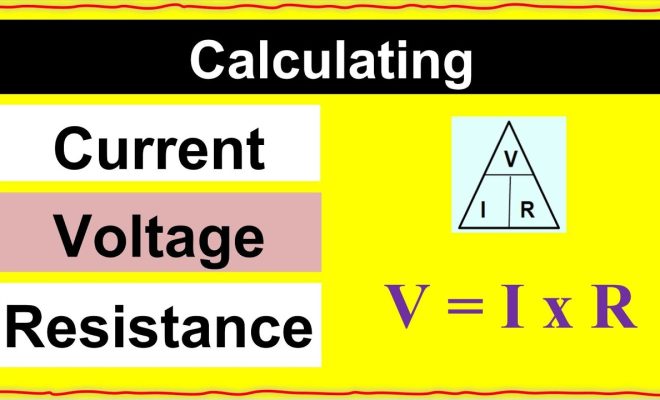How to Calculate the Molar Mass of an Element

Molar mass plays a crucial role in chemistry, as it serves as a bridge connecting the microscopic world of atoms with the macroscopic world of chemicals in labs. In this article, we will delve deep into molar mass and discuss how to calculate it for any element.
What is Molar Mass?
Simply put, molar mass is the mass of one mole of a substance. A mole is a unit for counting particles in chemistry, typically measured in terms of Avogadro’s number, which is 6.022 x 10^23 particles (atoms or molecules). Molar mass provides an easy way to convert between grams and moles for various elements and compounds.
Step-by-Step Guide to Calculating the Molar Mass of an Element:
1. Identify the element: Determine the element you need to find molar mass for. For example, if we want to find the molar mass of carbon, we can use the elemental symbol ‘C’.
2. Locate the element on the periodic table: The periodic table is arranged systematically and provides essential information about elements such as atomic numbers (number of protons) and atomic weights. Find your chosen element on the periodic table.
3. Find its atomic weight: Each element has its unique atomic weight (also known as atomic mass). On most periodic tables, this is a decimal number displayed below the chemical symbol. For carbon (C), for example, the atomic weight is 12.01.
4. Convert atomic weight to molar mass: The unit for molar masses is grams per mole (g/mol). To convert an element’s atomic weight into its molar mass, simply express it in g/mol. In our example of carbon, the molar mass would be 12.01 g/mol.
Examples:
1. Oxygen (O)
– Atomic number: 8
– Atomic weight: 16.00
– Molar mass: 16.00 g/mol
2. Nitrogen (N)
– Atomic number: 7
– Atomic weight: 14.01
– Molar mass: 14.01 g/mol
3. Sodium (Na)
– Atomic number: 11
– Atomic weight: 22.99
– Molar mass: 22.99 g/mol
The same methodology can be applied to determine the molar mass of any element on the periodic table.
Conclusion:
Calculating the molar mass of an element is crucial in chemistry, as it provides a bridge between atomic-scale particles and macroscopic laboratory quantities. By following this simple guide and utilizing the periodic table, you can efficiently find and convert atomic weights into molar masses for your chemical calculations and experiments.






